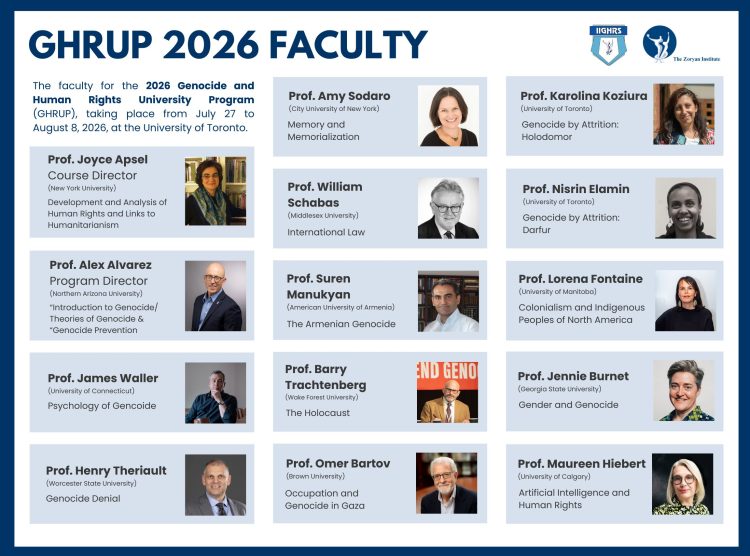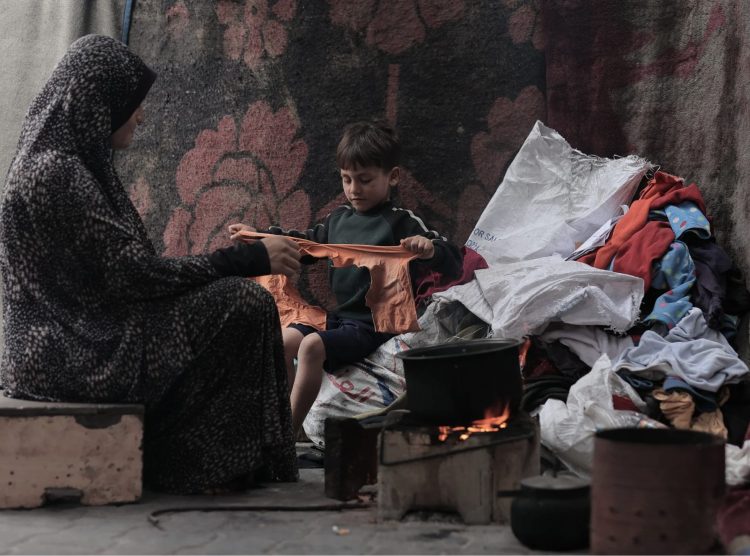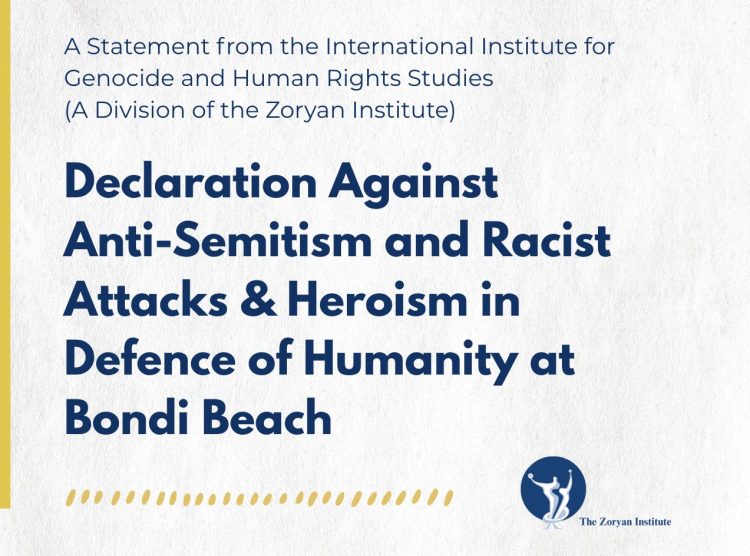For example, earlier this month at a large public gathering, the President of Turkey, Recep Tayyip Erdoğan, employed strategic dehumanizing language by likening supporters of Fethullah Gulen to a cancer virus:
“We are purging every member of Fethullahist terrorist organization, in the police, and in state institutions, and we will continue cleansing them. …We will eradicate this cancer virus from the body of the country and the state. We won’t give them right to live because they divided the nation and ummah (Islamic community).”
Erdoğan’s increasingly dictatorial rule in Turkey illustrates the dangers of a leader and a country that vehemently denies its complicity in the genocidal events of 1915. Through statements such as these, Erdoğan has brought back to life dehumanizing narratives once directed against Armenians in the early twentieth century by physicians and political leaders, such as Dr. Mehmet Reshid, Governor of the Diyarbekir Vilayet, who stated in 1915:
“Even though I am a physician, I cannot ignore my nationhood . . . My national identification takes precedence over everything else . . . Armenian traitors had found a niche for themselves in the bosom of the fatherland; they were dangerous microbes. Isn’t it the duty of a doctor to destroy the microbes?”[1]
Genocide scholar Vahakn N. Dadrian, in his book The History of the Armenian Genocide: Ethnic Conflict from the Balkans to Anatolia to the Caucasus, cites a series of threatening letters, written by Dr. Nazim, to the Armenian press and the Armenian Patriarch leading up to the Armenian Genocide. Among the many letters and threats was this: “Know that the Turks have committed themselves, and have vowed to subdue and clean up the Armenian gâvurs [infidels] who have become a tubercular microbe for us.”[2]
In the years preceding the Holocaust, medical and pseudo-science metaphors were employed in the Nazis’ delegitimization, dehumanization and demonization of the Jews. It has been well-documented that the Nazi Party had a particular focus on associating Jews with scientific and medical terminology such as growths, parasites, microbes, germs:
“The Fuhrer holds the cleansing of the medical profession far more important than, for example, that of the bureaucracy, since in his opinion the duty of the physician is or should be one of racial leadership.” Martin Bormann, Personal Secretary of Adolf Hitler, 1941[3]
Here is an interesting union between the immense breakthroughs in scientific knowledge, notably the burgeoning popularity of the field of eugenics and Social Darwinism in the 20th Century, and ideology. This convoluted union of pseudo-science and ideology has had a profound impact on constructing a language of dehumanization, whereby metaphorical repetition manifests into the intent to destroy.
Take for example, the rape centers established in Bosnia from 1992 until 1995 – centers wherein forced impregnation of Serbian “seed” would biologically displace Bosnian “Muslimness.” Under the directorship and medical discretion of Radovan Karadzic, a medical psychologist and poet, Bosnian Serbs re-applied similar dehumanizing language solidified by the Ottoman Empire and Nazi Party. Here, Karadzic implemented a “biological solution” for those who are a “problem” people: the cholera, bacilli, baneful germs, “brute,” “gangrenous appendixes,” mongrels, and microbes.
The early 1990s were also tragically marked by the Rwanda Genocide, a genocide that was incited by hate propaganda against the Tutsi minority through various radio broadcasts and newspaper articles. Prior to the official outbreak in April 1994, Kangura – a racist newspaper in Rwanda – began publishing dehumanizing articles against the Tutsi minority, including this article in March 1993 stating: “A cockroach gives birth to a cockroach … the history of Rwanda shows us clearly that a Tutsi stays exactly the same, that he has never changed….the inyenzyi [cockroaches] who attacked in October 1990 and those of the 1960s are linked ….their evilness is the same.” The United Nations would later lament in 2004 on the collective failure to protect 800,000 individuals, primarily Tutsis, from the genocide in Rwanda.
More recently, there has been a spike in violence against Kurdish communities in Turkey, including the imprisonment of 13 elected officials of the pro-Kurdish democratic opposition in Turkish parliament on alleged terrorism charges and the Turkish government’s direct control of 82 municipalities in the Kurdish southeast region of the country. Turkey’s incapacity to engage with its minorities in an honest historical reckoning is a clear sign of the future to come: one in which state interests and proclaimed self-defence come at the expense of democracy, plurality, and human rights.
Unfortunately, some of these regressive trends are also seen in Western democracies today. Donald Trump’s successful campaign for the US presidency was a vivid illustration of this politics of dehumanization and intolerance. Sometimes overtly, sometimes through metaphor and casual banter, he spoke to many Americans’ discontent by putting into question basic principles of dignity, equality, and tolerance. Trump garnered support and attention by stereotyping migrants, vilifying refugees, attacking a judge for his Mexican ancestry, mocking a journalist with disabilities, dismissing multiple allegations of sexual assault, and pledging to repeal reproductive rights. In June 2015, while announcing his candidacy for president, Donald Trump publicly and shamelessly likened Mexicans to “rapists”:
“When Mexico sends its people, they’re not sending their best… They’re bringing drugs. They’re bringing crime. They’re rapists… And some, I assume, are good people.”
These regressive trends and observations serve to remind us that words matter. A century has passed since they served as instruments for legitimizing genocidal policies by turning Armenians into “microbes,” Jews into “germs,” and Rwandans into “cockroaches.” Time and again, discursive tactics of denial, such as proclaiming that genocide was an act of self-defence, manifest into justifications for hate and dehumanization. These tools serve to further divide national, ethnic, racial, or religious groups, sanction perpetrator impunity, and criminalize historical inquiries and testimonies. When the perpetrator denies the crime of genocide and gets away with impunity, then history repeats itself.
[1] Vahakn N. Dadrian, “The Role of Turkish Physicians in the World War I Genocide of Ottoman Armenians.” Holocaust and Genocide Studies 1, no. 2 (1986): 169-92.
[2] In Vahakn N. Dadrian, The History of the Armenian Genocide: Ethnic Conflict from the Balkans to Anatolia to the Caucasus, 3rd revised edition (Providence: Berghahn Books, 1997), p. 216.
[3] W. Weyers, Death of Medicine in Nazi Germany (Philadelphia: Lippincott Raven Publishers, 1998), p. 45.





